Macau Adventure With iSis CristinaW & Kungfu Ken
Tuesday, January 24, 2012
 Macau Peninsula, Macau, China
Macau Peninsula, Macau, China
Hey Hey and a Big G'Day toya,
I started my Travelpod many years ago and through it I have met so many fantastic people with whom I still communicate for travel and life information along with personal help and friendship. Sadly though, always living in such rural areas of China I never get a chance to actually meet the person whose fingers clickity clack the questions and answers on the keyboard housed in a distant land.
You have no idea how happy I am!
Today I finally got to meet my Travelpod iSister!
Many years ago CristinaW and I linked Travelpods, began communicating through email, MSN & text and over the years became iBrothers & iSisters. If confusion arose, be it Eastern or Western then with just a quick message, an answer would be just a few seconds away and if either of us was in a special or interesting place we’d take a happy snap, send it through and ask, where are you (meaning, look where I am, can you beat it),
No need to say that she kicked my butt as over the last year, each day she has been taking a single shot of her daily life in Macau and posting it on her own website each evening which is the reason why I am sitting here today writing this blog. Macau was never a place that captured my imagination or travel need. There is no reason why, it just seemed so small and uninteresting, simply because I never took the time to research it or its history.
But Cristina’s '365 Days in the Life of Macau’ sent my head into a spin as each day arrived a new glimpse of a territory that I never thought to tread!
Both Lisa Jane (JiangNi) and I would also like to offer a huge heartfelt thanks from the bottom of our backpacks to both Cristina and her most knowledgeable and wonderful boyfriend, Kungfu Ken. They both put aside their personal agendas and for three wonderful days and nights made time for us over the Chinese New Year. They not only showed us ‘their’ Macau but they took the time to sit and explain the real Macau over Portuguese lunches and dinners along with sharing local Macanese Street snacks.
Now To the Captivating Mix of Historic Chinese & Portuguese Macau!
It is rather difficult to find in the whole world a place to tiny with such a rich cultural and historical past as Macau. It is indeed one of those places, which most have difficulty pointing to on the map. But once you have walked through its narrow streets and charming squares you start to realise what makes up the unique way of life enjoyed by its residents. Different beliefs, smells, costumes and habits parade in front of your eyes and it has been like this for centuries and is embodied by the two major communities (Chinese and Portuguese) that wisely found way to live together harmoniously.
It is that rich history that makes for such the special cultural heritage in Macau.
Although small densely populated, Macau offers a wide variety of outdoor attractions such as beaches, hiking trails, and quiet green gardens where residents and visitors alike can enjoy spectacular views, take some exercise, or relax in a natural setting and thanks to its rich history, Macau is graced by gardens of every style from classical Chinese to traditional European to strikingly modern.
When the Portuguese established Europe’s first settlement on the China coast in 1557, it was expected to be a bastion of Christianity as well as a trading post and they called it ‘City of the Name of God, Macau’. The first settlers included priests and some of the first buildings were churches, initially constructed of wood and matting, later of Taipa (rammed clay) and from the mid 17th century of stone and plaster.
The churches, dedicated to the ‘Mother of God’ and named after popular saints, where built by the Jesuits and monastic orders with funds provided by the city and Portuguese Crown. The style was predominantly European baroque, but Oriental and tropical features were incorporated and can still be seen in roofs of Chinese tiles, panels of terra-cotta and Eastern motifs carved on some facades.
Over the centuries fires and storms have devistated Macau’s churches, but almost all have been restored or rebuilt. But as we all know, the Catholic Church itself has weathered different kinds of storms.
In the early 18th century the Vatican ruled against the Jesuits who permitted the Chinese converts to continue their custom of ‘Ancestor Worship’. The church split over this Rites Controversy, the missionary effort in China suffered and the Augustinian fathers were expelled from Macau in 1712. In 1767, under a decree of the Marquis of Pombal in Portugal, the Jesuits were in turn expelled, to return in the 19th century. Besides churches, the remains of several historic fortresses, some dating back to the early 17th century when Dutch forces threatened Portugal’s hold on Macau, occupy green spaces atop some of Macau’s highest hilltops which now provide ideal places to glimpse a bit of Macau’s history and gain an overall view of the city and islands.
This blog with its accompanying pictures will take you through the main sites of central Macau, most of which can easily be seen in a day’s visit from Hong Kong or mainland China. The rest are for those who arrive early or choose to stay the night and forgo the Casino’s and for those that know me, I of course need to see more, much more!
So I leave you with the timeless words of Oliver Twist; I want some more!
Largo Do Senado
Once the heart of Portuguese power in the city, Largo do Senado, or The Square of the Senate, is covered in decorative mosaic cobbles and banked by grand buildings covered in shades of pink and yellow. The square is almost head to toe colonial Portuguese and if you squint your eyes you could almost be on the Med, not in Macau. If you want to see Macau’s Portuguese, colonial legacy, this is the place to bring your Kodak.
Leal Senado
The centerpiece of the square (and the city), is the Leal Senado, a white washed building with wooden, green windows, wrought iron balconies and flowers hung across its façade. Built in 1784, the building was where the Portuguese plotted their conquest of Asia. It wasn’t to be, and today the building houses the Mayor’s Office and a public library.
The name Leal Senado means Loyal Senate, a name bestowed on the building when constructed, thanks to the Macau administration’s refusal to recognise Spain’s occupation of Portugal in the 17th century. You can still see the loyal inscription added to the entrance hall at the bequest of King Joao IV. Also worth seeing are the quintessentially Portuguese, blue, mosaic tiles that line the staircase leading up to the library.
Located close to the former Senate building, Sam Kai Vui Kun Temple it is also a reminder of the active participation of the local Chinese community in general civic affairs, providing a clear example of the multicultural dimension of the Macau community. The square is surrounded by pastel coloured neo-classical buildiinds, creating a consistant and harmonious Mediterranean atmosphere.
The Cathedral
The present building stands on the site of several previous cathedrals. The original cathedral was the church of Our Lady of Hope of St Lazarus, declared the mother church of the Macau diocese which included the religious provinces of China, Japan, Korea and other islands adjacent to China. The first stone Cathedral, constructed in 1850, was almost destroyed in a typhoon twenty four years later and had to be extensively repaired.
Lou Kau Mansion
Built in 1889, this was the home of Lou Kau, a prominent Chinese merchant who owned several imposing properties in the city. The location of this grand old house depicts the diverse social profile present in the centre of the old ‘Christian City, where this traditional Chinese residence stands near Senado Square and Cathedral Square. Lou Kau Mansion is a two storyey, traditional grey brick courtyard house, with the architectural characteristics of a typical ‘Xiguan’ Chinese residential building.
Sam Kai Vui Kun Temple
This temple is located close to the old Chinese Bazaar area, which nowdays functions as St Dominic’s Market, still keeping th essence of the original function of the area. The location of this Chinese construction at the heart of the main city square with its predominantly western style architecture illustrates the harmonious coexistence of the two cultures. This temple is directly associated with the long standing Chinese business association, precursors to the Chinese Chamber of Commerce in the city.
The Holy House of Mercy
The whitewashed, neoclassical building on the east hand side of the square is The Holy House of Mercy, a charitable, church organisation since its inception in the 16th century. Despite its divine mission, the building itself hasn’t always been a home of praying and piety and the house has served as a refuge for prostitutes and was actually where Macau’s first lottery ticket was sold – for charity of course. Today its home to a small museum commemorating the Society’s charitable works in Macau, including the skull of its founder, Dorn Belchior Carneiro.
Guia Fortress and Lighthouse
Guia Fortress, built between 1622 to 1638, occupies the top of Guia Hill, the highest point in Macau. It was designed to defend Macau from attacks from the sea, but because of its position overlooking the entire city, its chief value has been as an observation post. It originally contained barracks, a water cistern, ammunition and equipment stores, the commander’s house, and a chapel dedicated to Our Lady of Guia. Today the Fortress’s most prominent feature is the lighthouse built in 18675 and the oldest on the China coast. It is a fifteen meter high tower and has a light which can be seen for around twenty miles in clear weather.
Chapel of Our Lady Guia
This chapel was first built in the 17th century as part of Guia Fortress. During the Dutch invasion of 1622, legend has it that the image of the Virgin left the chapel and held out her robe to deflect the enemy’s bullets. The present chapel dates from 1637 and contains the Image and fine old painting of St John the Baptist, Macau’s patron saint.
Flora Garden & Cable Car
The European style For a Garden, situated as the base of Guia Hill parallel to the Avenida Sidonio Pais. It was formerly the grounds of the Flora Palace, an aristocratic Portuguese mansion. The stone gateway entrance was once the palace guardhouse. A straight pedestrian avenue, lined with tall palms and flowering shrubs leads to the former site of the palace, now occupied by an aviary, a small zoo, and a tree-shaded refreshment patio. The garden also features formal flowerbeds and a stone pathway that winds upward, past small waterfalls and belvederes, to the top of Guia Hill, the highest point in Macau.
St Dominic’s Church
Perched at the north, western end of the Largo do Senado, on Largo de Santo Domingo’s, St Dominic’s Church is a graceful, pastel yellow building with tall, green, wooden shuttered doors and windows that are flung open during services. The church offers services in Cantonese, Portuguese and English and remains a major meeting point for Macau’s sizable Christian community.
At the back of the church, walking through the wide veranda is a small museum with an extensive collection of sacral art from both Macau and Portugal. Some of the pieces stretch back to the 16th century and include paintings, religious artifacts and a variety of statues, several of which look like they’ve been lifted from a Best of Kitsch convention.
St Dominic’s also has a violent dramatic past,
In 1644 a military officer who supported the Spanish against the Portuguese was murdered at the altar during Mass. In 1707 the Dominicans sided with the Pope against Macau’s bishop in the Rites Controversy. When local soldiers tried to enforce an excommunication order on them, the friars locked themselves in the church for three days and pelted the soldiers with stones. In 1834 the monastic orders were suppressed and for a time the church was used by the government as barracks, stable and public works office.
Pawnshop Heritage Exhibition
Housed in the former Tak Seng On (Virtue and Success) pawnshop built in 1917, this exhibition incorporates the fortress like eight story granite tower with slotted windows where goods were stored on racks or in safes. The pawn business in Macau has a profound history and plays an important role in the city’s economy. By the end of the Qing Dynasty to the beginning of the Republic of China, many pawn shops were already in operation. The ‘Tak Seng On (The Virtue & Success Pawnshop) was established in 1917 and belonged initially to Mr Kou Ho Ning a wealthy Macau merchant. Both the Macau Government and some locals bought the building in order to preserve its cultural heritage and the government funded its restoration. It has been returned to its initial splendor representing both, shop and storehouse along with its architectural design and layout, interior décor and equipment.
The Pawnshop Museum opened in March 2003 and was the city’s first business museum being jointly operated and owned by both the locals and government.
The Ruins of St Paul’s
Undoubtedly Macau’s blockbuster tourist attraction, St Paul’s is the ruins of a 16th century Jesuit church, which many believe to have been the most important church in Asia during Christianity’s early forays into the region. The church was almost wholly destroyed by fire in 1835, while being used as a barracks, and all that remains is the remarkably impressive façade. Set in stone, the four storey façade is held aloft by slender columns and adorned with intricate carvings of biblical scenes, saints and more Asian inspired images.
The church was built in 1602 adjoining the Jesuit College of St Paul’s, the first Western college in the Far East where missionaries such as Matteo Ricci and Adam Schall studied Chinese before serving at the Ming Court in Peking as astronomers and mathematicians. The façade of carved stone was built in 1620 to 1627 by Japanese Christian exiles and local craftsmen under the direction of Italian Jesuit Carlo Spinola.
Na Tcha Temple
Built in 1888, this temple is dedicated to the worship of Na Tcha. This small traditional Chinese temple stands close to the remains of the principal Jesuit enterprise of the region, presenting a dialect of Western and Chinese ideals, as one of the best examples of Macau’s multicultural identity and religious freedom.
St Anthony’s Church
First built of bamboo and wood before 1560, this is one of the oldest churches in Macau, also marking the site where the Jesuits set up their earliest headquarters in the city. The church was reconstructed in stone several times, while the present appearance and scale of the church dates back to 1930. Previously members of the Portuguese community would hold wedding ceremonies there, so giving rise to the Chinese name of ‘Fa Vong Tong’ or Church of Flowers.
Monte Fort
As a Christian stronghold in a distinctly un-Christian neighborhood, the city’s early Jesuits was constantly concerned about invasion and having their heads chopped off by non believers. In 1617 they began construction of the Monte Fortress, a stronghold that would eventually cover over ten thousand square meters and was designed to withstand a siege of over two years.
The fort didn’t see much action over its lifetime and the cannons were only fired twice in anger, once when, instead of rampaging pagans, a Dutch fleet arrived to invade the island. Seriously outmanned and outgunned, a Jesuit priest, apparently in retreat, fired one of the canons by mistake. Fortuitously he struck the Dutch gunpowder ship, blowing it and half the fleet into the sky and saving the island at the same time.
St Augustine’s
The original church was built by Spanish Augustinian friars in 1586 and taken over by the Portuguese three years later. The present building dates from 1814 and has a spacious interior with three aisles separated by colonnades. The marble clad high alter contains a statue of Christ carrying the cross. It is said that when this statue was taken to the Cathedral by church authorities it would mysteriously return to the altar of the church.
Sections of the Old City Wall
This surviving segment of the city’s defense structures, built as early as 1569, is a remnant of an early Portuguese tradition of constructing defensive walls around their port settlements, done also in Africa and India. In Macau, this section bears testimony to the incorporation of local techniques and materials, especially a solid compound named ‘Chunambo’, an elaborate mixture of clay, soil, sand, rice straw, crushed rocks and oyster shells compacted in successive layers.
Protestant Cemetery
This site provides an insite into Macau’s diverse community profile . Located close to the Casa Garden, the Protestand Cemetery provides a comprehensive record of the earliest Protestant community of Macau. The chapel, built in 1821, is now referred to as ‘The Morrison Chapel’ in honour of Robert Morrison. George Chinnery, an important British China-trade artist is also buried at the site, alongside various other prominent officials from the East India Company, and Protestants from the United States and Britian.
Casa Garden
This house was built in 1770 and was originally the residence of a wealthy Portuguese merchant, Manuel Pereira. At a later period it was rented to the English East india Company. Nowdays the property is the headquarters of the Oriental Foundation.
Rua De Felicidade (Red Light street)
Not far west from Largo do Senado is Rua da Felicidade (Street of happiness). Its red shuttered terraces were once Macau’s red-light district and for all the Indiana Jones fans, several scenes from ‘Temple of Doom’ were shot here. So for those seeking the Chinese slant on the city you should head here. This former red-light district is packed with traditional shops selling various jerky and cookies, as well as Macau's oldest restaurant, Fat Siu Lau, which serves up a mean roasted pigeon. Another building worth visiting is, Temple da Deusa A-Ma, (A-Ma Temple), which is just next to the inner harbour at the bottom of Barra Hill The temple is over six hundred years old and was erected before the Portuguese ever arrived.
Beers N Noodles toya…..shane
PS: Cristina has a wonderful, yet extremely peaceful soul that allows her express herself through the different forms of art that she finds herself dabbling in, be it painting, piano, guitar, knitting, creating digital music, violin, writing/blogging, photography etc....it seems one can simply not stop her from learning!
Kungfu Ken, mate, he is a wealth of knowledge on what it seems, almost everything. Its like...Ken, whats that over there? Oh, well, that's the &*&^% and in 1657 *&*&^. Hey Ken, who invented the left hand mouse button? Oh well, in 1984 *&^^^& etc. I'm serious, if I knew everything he knew I'd be Bill Bloody Bryson mate.
Some people just 'Have It'.....you know what I mean?
But when it comes to Cristina & Ken.....it seems they both have it!
I am so proud to call her my iSister & he now my newly found iBrother.
CristinaW's Travelpod
CristinaW's Yahoo/Flicker
CristinaW's 365 Days In The Life of Macau
CristinaW's Soundcloud (Digital Music) - she is an experienced at piano & violin and now studying guitar but these are her first born when it comes to simple digital music.
___________________________________________________________
The soundtrack to this entry was by Pavement
The album was ‘Wowee Zowee Sordid Sentinels Edition’
____________________________________________________________
Other Entries

 Macau Peninsula, Macau, China
Macau Peninsula, Macau, China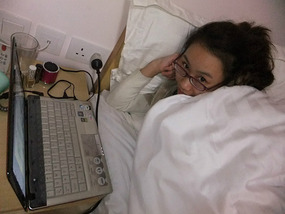
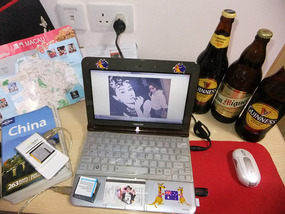
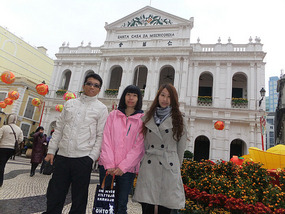
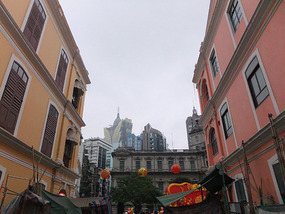
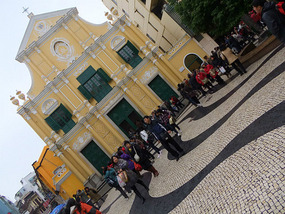
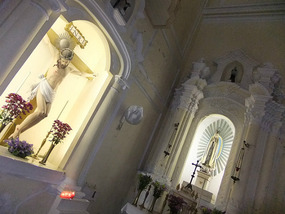
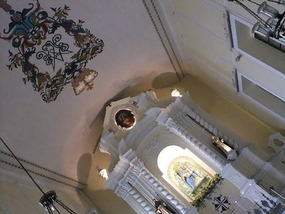
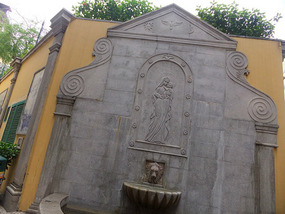
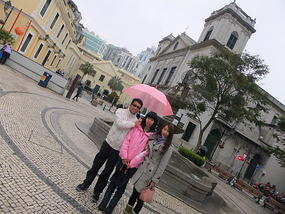
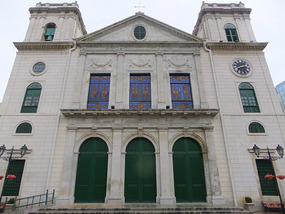

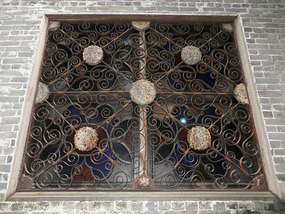
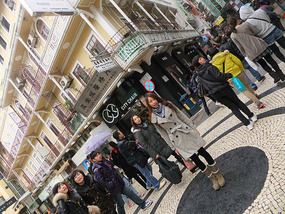
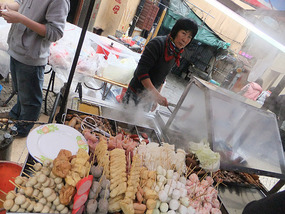
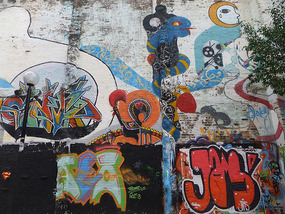

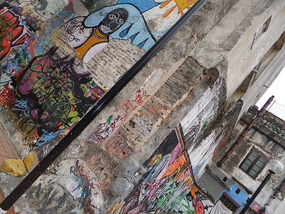
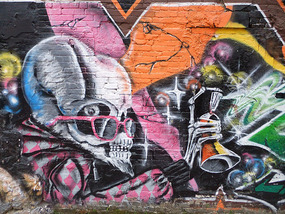


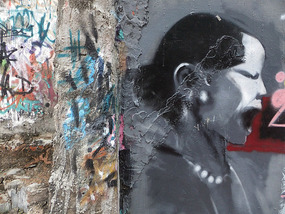
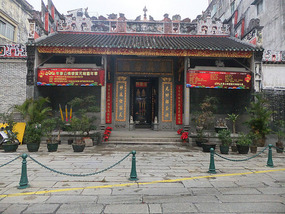
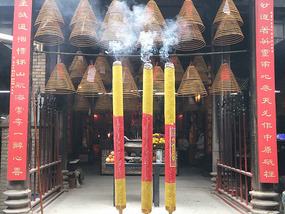
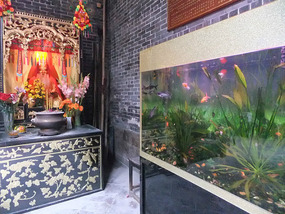
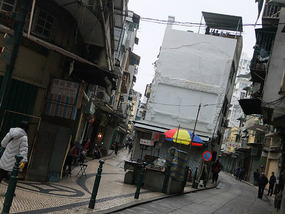
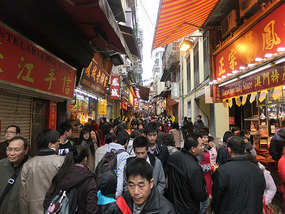
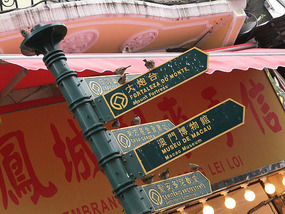
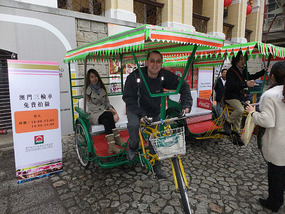
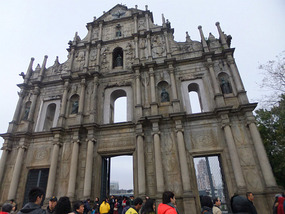
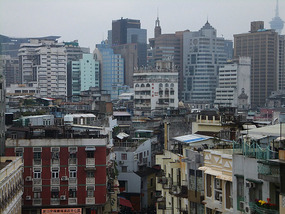
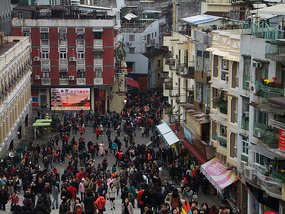
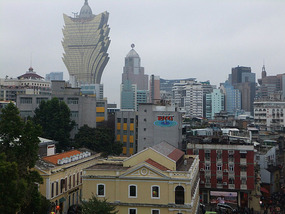
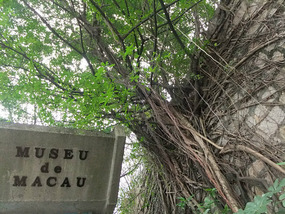
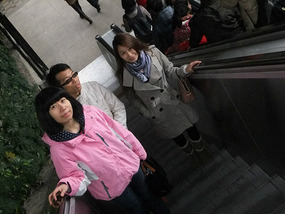

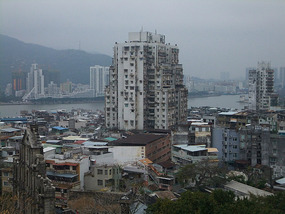
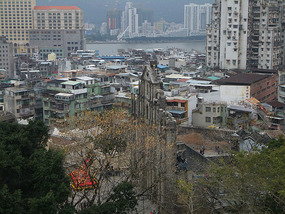
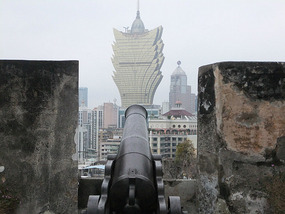
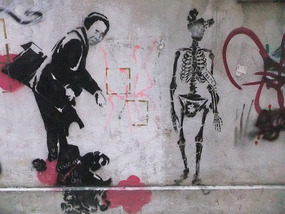
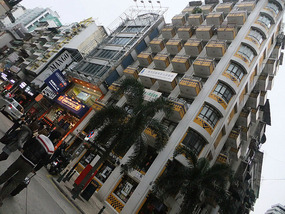
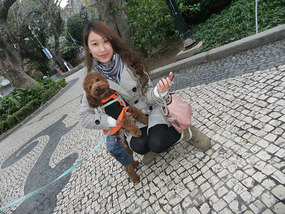
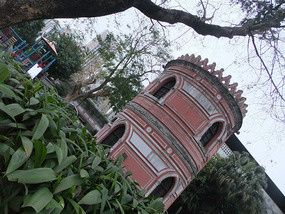
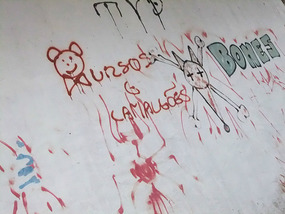
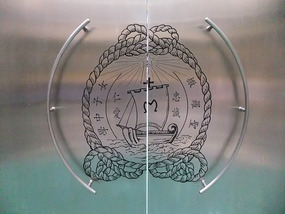
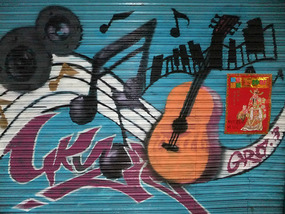
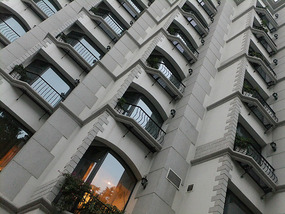
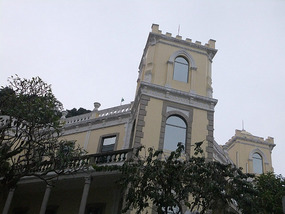
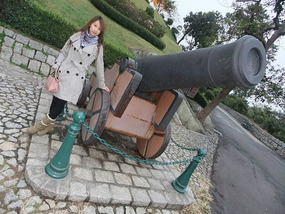

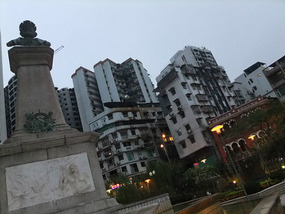
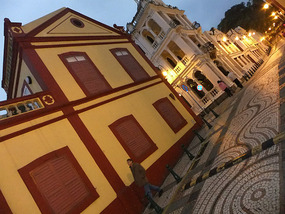
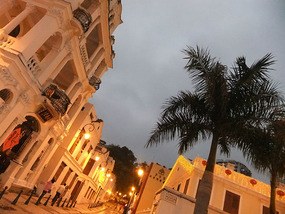
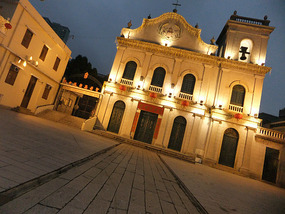
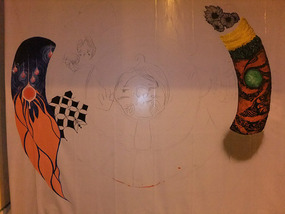
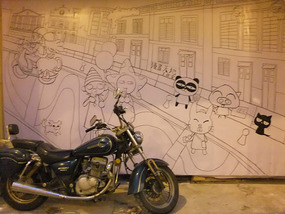
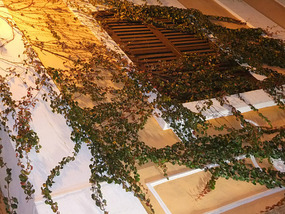
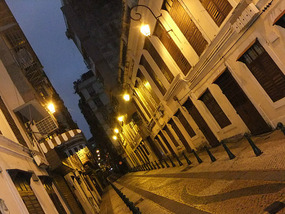
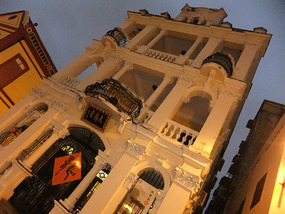
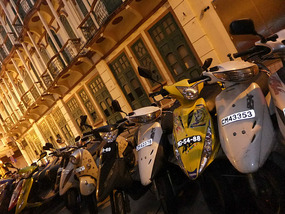
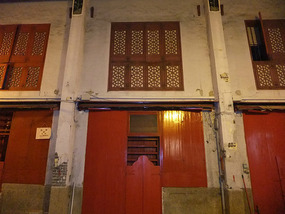
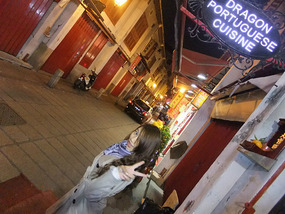

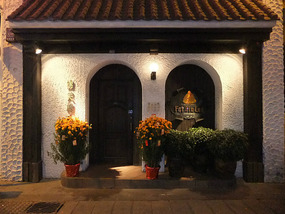
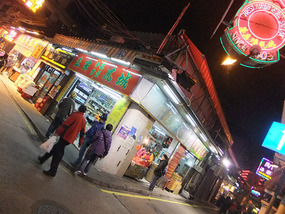
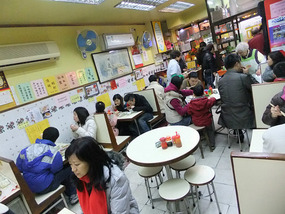
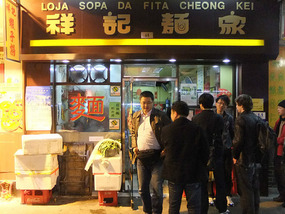

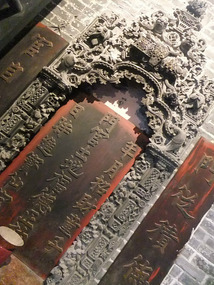
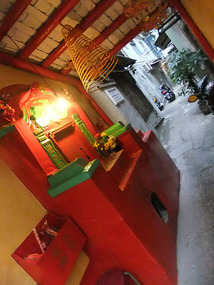

2025-05-22